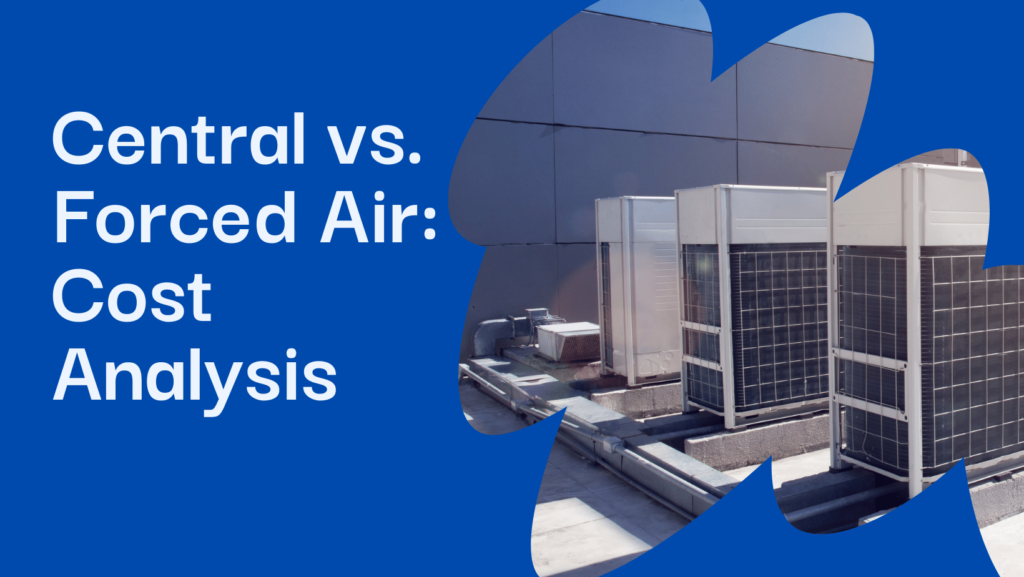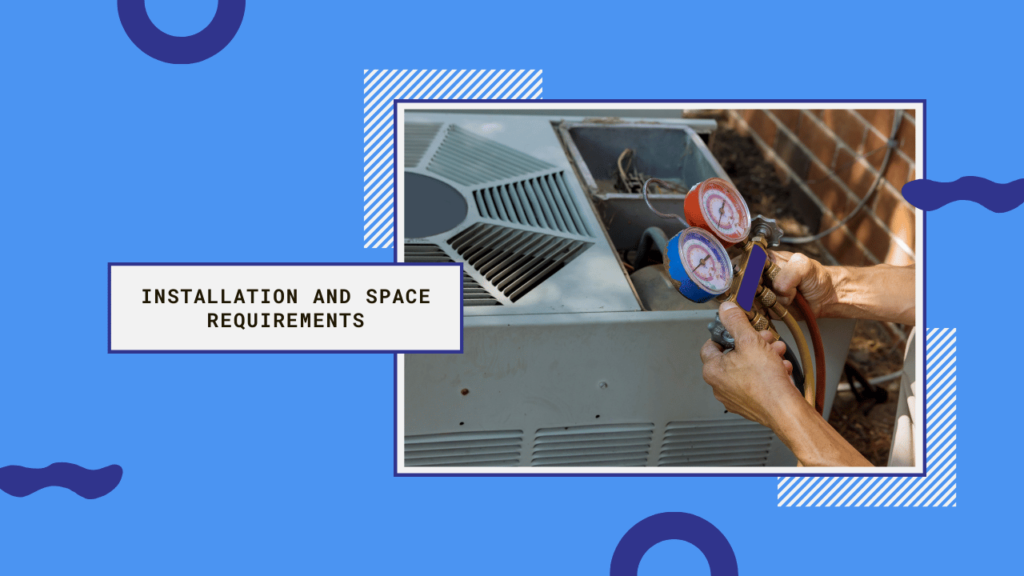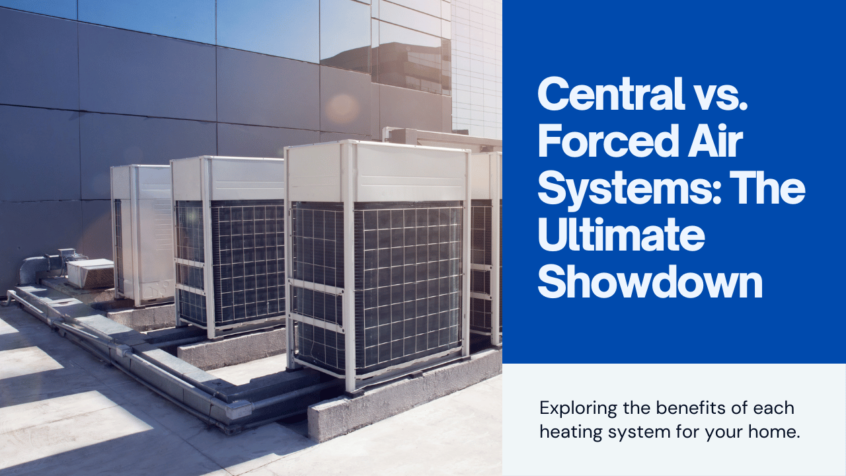Introduction
As far as the heating and cooling of homes are concerned, there are two systems that are used quite often, and they are central air and forced air systems. They both deliver conditioned air from one room through a ductwork network to another, but there are differences between them. There are various factors that could help a person decide which system is more effective, like the initial cost of the installation, energy efficiency, ability to customize the system, and so on.
Upfront and Operating Costs
Among the apparent priorities for home occupants is the cost of purchase and maintenance. Generally, forced air systems are less expensive than central air systems when you look at the installation costs. However, centralized systems tend to be more efficient and operate at lower costs per unit of time. Finally, bulbs and other components may need to be replaced less often with central air. Total expenses, on the other hand, could be reduced with the application of this cooling system at times despite the high cost of installation.

Efficiency and Consistency
When it comes to efficiency and the ability to consistently heat and cool, there is no doubt that central air systems will dominate the forced air system. Central systems feature two units instead, which ensures that houses are efficiently heated and cooled. Central systems are built around a single unit and can often cause temperature variations. Forced air systems usually operate at full power throughout the house. In contrast, central air systems with variable capacity technology can be adjusted in a small increment to meet the demand.
Air Quality and Filtration
HVAC systems using either type of system provide for air circulation through ductwork, but the former usually incorporates better filtration. Better quality disposable or washable filters ensure they keep the air cleaner within a home. Further, each piece of a central air system has less dust accumulation than the piece found in a forced air system. This will lead to improved air quality at the indoors. Humidifiers can even be easily attached to central air conditioning systems.
Customization and Zoning
In the case of centralizing the system, designing an HVAC system becomes more accommodating to the custom needs of the home than a furnace does. Several central systems may be installed at specific areas of a house to ensure each section of the house is controlled separately. It allows more specific control and zoning than a single forced air unit. Consumers may also have more choices for design of their home with central air systems.
Installation and Space Requirements
Installation of a forced air system comprises less amount of labor than that of separate central air. This can have an implication of low installation costs. Forced air units are also single, compartmental single units that occupy less space when installed outside the house as central air and inside the home. Some homeowners may consider forced air systems suitable for their set-up if space is limited.

Reliability and Noises
Each element in central air units adds layers of redundancy that the forced air units did not have. In a central air conditioner with a condenser problem, it still provides heating to the home via the furnace. To have a forced air unit means that if any of the parts get damaged, then there will be no heating/cooling unless it is repaired accordingly, and at the same time, this may be expensive. Central air systems also tend to be quieter and avoid the whistling ductwork noises.
Resale Value
A homeowner can add significant value to their home by replacing an old or inefficient central air system with a new high-efficiency model. The buyer is to pay more for the house when buying it, and that is also reflected when they are selling it. The value increase that comes from the installation of forced air systems is not as significant as the central air system. Buying homes also have a penchant for central air that is efficient, of high quality, and reliable as compared to forced air.
Conclusion
Although there are many other factors that differentiate central-air HVAC systems from forced air ones, central-air HVAC systems best suit most people’s needs;. In contrast, central systems are more expensive to purchase and install, their advantages include higher overall efficiency, temperature uniformity, and air quality control, customization/flexibility, reliability, and return on investment. But, for those who are primarily concern for upfront payments or have limited space, forced air systems can be used. Alleviating, on the other hand, the efficiency of central and forced air systems and as well the zoning requirements that may be needed, noise, and the residuals value can assist homeowners in choosing if one system is better than the other since there are so many benefits to central air systems compared to forced air systems in the most essential categories for homeowners.

